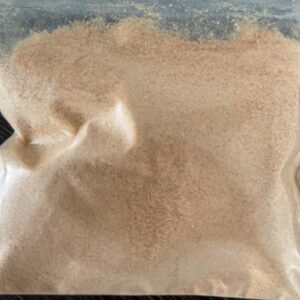About Stimulants
Stimulants are renowned for their capacity to invigorate alertness and energy. Psychomotor stimulant is a substance that stimulates the central nervous system, leading to increased alertness, energy, focus, and, sometimes, improved mood. Common examples include amphetamines (like Adderall), methylphenidate (like Ritalin), cocaine, caffeine, and nicotine.
Varieties of the Stimulants
Caffeine is everywhere in our daily routines, making its home in coffee, tea, and energy drinks, providing that cherished energy boost we all love. These prescription medications are incredibly valuable for managing ADHD because they have the ability to boost neurotransmitter levels. That can ultimately improve concentration. Also, Modafinil offers a solution to combat lethargy without the jittery side effects commonly linked to caffeine.
Benefits of Stimulants
Students turn to stimulants to supercharge focus during rigorous study sessions. Some athletes leverage stimulants to elevate physical endurance and performance. But this practice is often banned in professional sports. Under professional guidance, stimulants become essential tools for managing conditions like ADHD, narcolepsy, and specific mood disorders.
Short-Term Effects of Stimulants:
Increased alertness and energy.
Euphoria and improved mood.
Reduced appetite.
Enhanced physical performance.
Improved focus and productivity.
Long-Term Effects of Stimulants :
Risk of addiction.
Cardiovascular issues (high blood pressure, arrhythmias).
Mental health effects (anxiety, paranoia, psychosis).
Tolerance, requiring higher doses.
Withdrawal symptoms (fatigue, depression, cravings).
-
Add to WishlistAdd to Wishlist
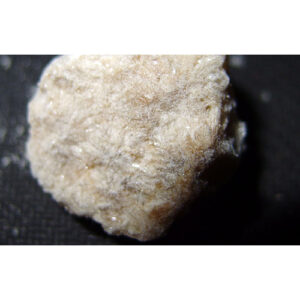
-
Add to WishlistAdd to Wishlist
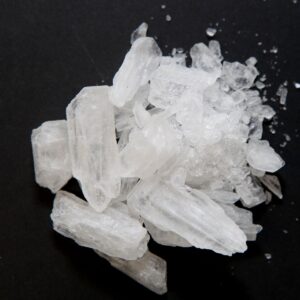
-
Add to WishlistAdd to Wishlist

-
Add to WishlistAdd to Wishlist
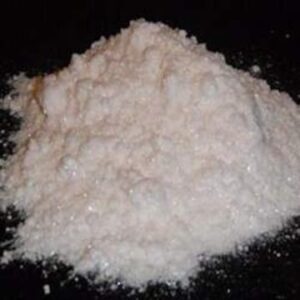
-
Add to WishlistAdd to Wishlist
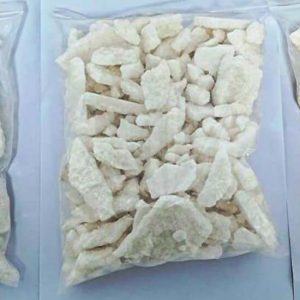
-
Add to WishlistAdd to Wishlist
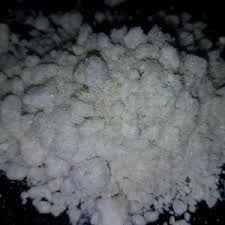
-
Add to WishlistAdd to Wishlist

-
Add to WishlistAdd to Wishlist


